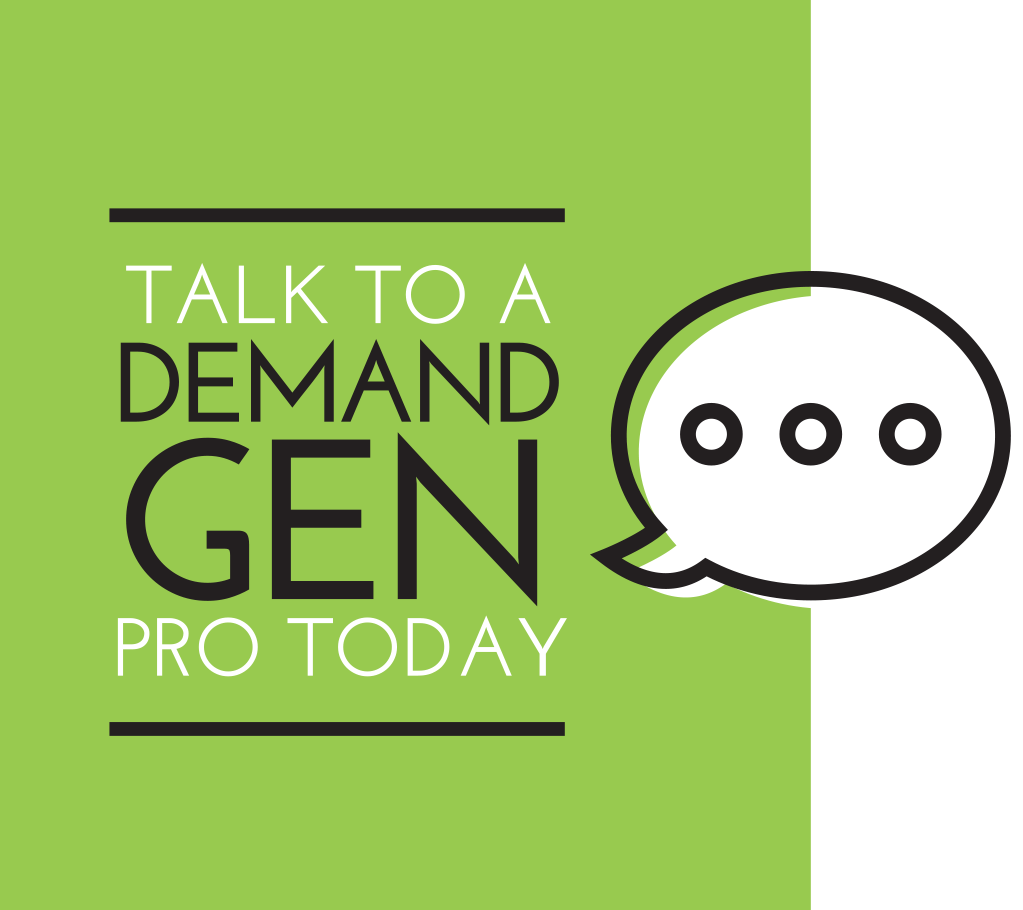Dynamic Lead Scoring: A Smarter Way to B2B Marketing Success

As B2B sales and marketing professionals, we are always looking for smarter ways to manage lead flows, capture business intelligence, and nurture interactions with decision makers into meaningful sales opportunities. In today’s world, an effective B2B sales and marketing engine requires discipline, expertise, and the deployment of performance engineering strategies that have been proven to yield consistent results.
Dynamic lead scoring is defined as a real-time (or near-time) change in lead value or score based on prospect interactions and new information captured. Dynamic lead scoring is a performance engineering and management strategy that empowers marketers and sales operators to make better decisions in terms of their outbound marketing and nurturing activities. In addition, dynamic lead scoring better equips marketers to be more targeted and specific in terms of lead treatments by scoring bands. This ensures that resources are spent and targeted against the most valuable leads and prospects.
However, most lead scoring strategies deployed by B2B companies are static and are mostly limited to demographic information and attributes. To gain the effectiveness of dynamic scoring, companies must develop strategies that augment demographic information with information captured from decision maker dialogs that are persistent across inbound and outbound marketing activities. From an inbound or content marketing perspective, information is captured and structured through interactive experiences and web forms. From an outbound marketing perspective, information requests are engineered into pre-built dialogs strategies and captured through post-call exit interviews, which disciplines LDRs (Lead Development Reps) to transcribe decision maker dialogs into structured data.
To effectively deploy a dynamic scoring strategy, you will need to consider three critical factors.
- Data Integrity – while there are many data sources available that can provide company demographics, an effective scoring strategy requires that you validate those attributes and demographics to make certain that your lead scoring strategies maintain their efficacy. Most all lead scoring strategies assume that company demographics such as industry types, revenue size, employee size, corporate structure, and locations, are critical to any market target exercise. While the quality of purchased data is improving with the ever advancement of technology, a study completed by Biznology.com suggested that data integrity for B2B companies degrades up to 70% on an annual basis. To combat the rapid decline of data quality, verification strategies should be integrated into decision maker dialogs across both inbound and outbound activities.
- Solution Interest Profiles (SIPs) – dynamic lead scoring assumes that lead values change based on new information and additional input. Companies who are committed to delivering a smarter sales experience for the client, as well generating better sales results, deploy dialog strategies that optimize every opportunity and interaction with a decision maker. This dialog strategy involves the capturing, development and maintenance of Solution Interest Profiles (SIPs) for every decision maker that is engaged within a targeted account. SIPs are structured to capture decision maker pain and points of interest. The development and maintenance of SIPs should be automated across multi-channels of interaction and then leveraged in future outbound efforts and campaigns. Automated exit interviews should be deployed post call for every decision maker dialog to discipline LDRs to transcribe decision maker contacts into structured data. Data captured through exit interviews and web interactions is then used to dynamically update lead or prospect values.
- Source Valuations – an effective lead scoring strategy accepts that all data sources are not created the same. This is especially true when deploying a dynamic lead scoring strategy. Not properly assigning a “prioritization value” to your data sources can significantly degrade the effectiveness of a dynamically generated lead score. As new information and data are captured across multiple channels, the source of that data should weigh heavily on how the new information affects the lead or prospect score. Assigning a “prioritization value” to each data source enables you to know when to update aspects of a decision maker’s Solution Interest Profile (SIP) and when to change the lead score or prospect value. For example, decision maker dialogs that are generated by LDR outreaches and then captured through exit interviews should trump updates to a SIP and lead score over data and information captured through web interactions. The assumption being that a human-to-human interaction is more valuable and accurate that information captured electronically.
We are all looking for smarter ways to manage lead flows, capture business intelligence, and nurture interactions with decision makers. Effective B2B marketing requires discipline and deploying the performance engineering strategies that can produce results. Dynamic lead scoring is a performance management strategy that equips B2B companies to make better decisions in both their outbound marketing and nurturing activities. It enables marketers to be more targeted in their campaigns and treatments across scoring bands, while at the same time, ensuring that their greatest resources are spent on their most valuable leads and prospect targets.


